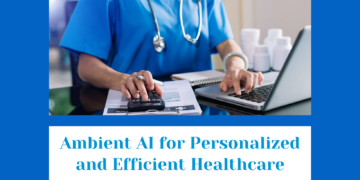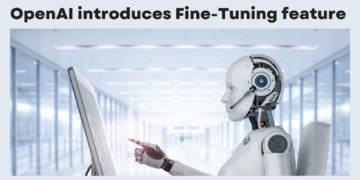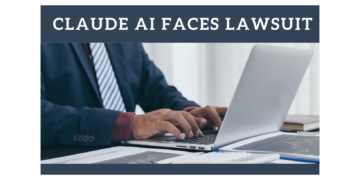AI is transforming how we live and work. As AI becomes deeply integrated into business processes, a wave of anxiety washes over employees – will their jobs become obsolete? Forbes examined its potential to reshape roles and responsibilities. What are some practical strategies companies can adopt to prepare their employees for this shift?
Forbes says AI is a Collaborator, Not A Competitor
Headlines often paint a bleak picture of AI replacing human workers. However, the reality is far more nuanced. AI excels at automating repetitive tasks, freeing up human potential for more strategic and creative endeavours. AI can handle data entry, scheduling appointments, or generating routine reports – all tasks that can be time-consuming and tedious for human employees.
This shift paves the way for a more collaborative work environment. Employees can leverage AI’s capabilities to enhance their own work. For instance, AI-powered sales tools can analyze customer data and provide personalized recommendations, allowing salespeople to focus on building relationships and closing deals.
Upskilling and Reskilling
The key to navigating this change lies in workforce readiness. Companies must embrace a culture of continuous learning and invest in reskilling and upskilling their employees. This empowers employees to adapt to the evolving landscape and work effectively alongside AI.
According to Forbes, here are some effective strategies for upskilling your workforce:
- Targeted Training Programs: Develop training programs tailored to specific roles and the new skill sets needed to work with AI. This could include workshops on data analysis, coding basics, or using AI-powered tools relevant to the specific job function.
- Online Learning Opportunities: Leverage online platforms and courses to provide employees with flexible learning options. This allows them to learn at their own pace and convenience.
- On-the-Job Training: Integrate AI training into existing workflows. For example, pair experienced employees with new technology and provide mentorship opportunities.
Transparency and Communication
Change, even positive change, can be unsettling. To alleviate employee anxieties, companies must prioritize clear and transparent communication. Here’s how:
Leaders should clearly articulate the company’s vision for AI integration and its impact on employee roles. This fosters trust and ensures everyone is on the same page. Create open forums where employees can voice their concerns and ask questions about the upcoming changes. Actively listen to their feedback and address their anxieties. Clearly define how AI will be implemented and how it will affect daily routines and responsibilities. This reduces uncertainty and helps employees prepare for the transition.
Creativity & Human Potential
By automating mundane tasks, AI frees up valuable time and cognitive resources for employees. This creates an opportunity to unleash human creativity and innovation. With AI handling routine tasks, employees can shift their focus to tackling complex problems and developing creative solutions. Foster a culture of experimentation and innovation. Encourage employees to explore new ideas and develop new strategies with the support of AI tools. Provide training programs that enhance critical thinking, problem-solving, and creative brainstorming skills.
Support & Employees’ Well-Being
Create channels for employees to share their experiences with AI and provide feedback on new technologies. This allows for continuous improvement and ensures that AI is being used effectively.Offer personalized support to help employees overcome challenges and adapt to using new technologies effectively. Implement mentorship programs where experienced employees can guide and support colleagues as they learn to work with AI.
As AI plays a more prominent role, companies must prioritize ethical considerations. AI algorithms are only as good as the data they are trained on. Companies must be vigilant in identifying and mitigating bias in algorithms to ensure fair and ethical decision-making. Protecting employee data is paramount. Companies must implement robust security measures and have clear data privacy policies in place. Be transparent about how AI is being used within the organization. This builds trust and ensures responsible AI practices.
Future-Proof Workforce
The future of work is one where humans and AI collaborate to achieve remarkable things. A transparent and supportive approach to AI integration minimizes anxieties about job security and fosters trust with your workforce. This translates to a more engaged and productive team. Investing in training and clear communication ensures a smoother adoption of new technologies, minimizing disruption and maximizing efficiency.
A workforce equipped with the skills to work effectively with AI is a valuable asset. According to Forbes, these employees can leverage AI to achieve better results and drive innovation. By focusing on creative and strategic tasks, employees can find their work more fulfilling and engaging, leading to higher job satisfaction and reduced turnover. A future-proofed workforce equipped with relevant skills can help businesses thrive in an AI-powered future. Companies that embrace AI and empower their employees will be well-positioned to stay ahead of the curve and achieve their long-term goals.



























